While it’s not unreasonable to be a little afraid of sharks, wolves or bears, especially if you spend a lot of time in the sea or hiking in forests where these animals live, the chances of being killed or injured by one of these apex predators, while not zero, are extremely low. Other, less frightening animals are responsible for far more human deaths and injuries. Here are five animals that kill and maim many people every year, but don’t inspire as much fear as perhaps they should.
Looks can be deceiving
Hippos may look like gentle and docile animals, but if you happen to come across one while on safari in Africa, you’d best give it a wide berth as hippos are one of the world’s most dangerous animals. Male hippos, which can weigh up to 2,750 kilograms, are incredibly territorial and can quickly become very aggressive if they feel threatened, especially in the water. Their powerful jaws have formidable large sharp lower teeth up to 40 cm long which they use for fighting, not eating. When a hippo opens its mouth wide, it is not yawning, but displaying its jaws and teeth to warn off rivals, predators or humans. These artiodactyls kill an estimated 500 people a year in Africa, many of them local fishermen going about their business, but also photo-snapping tourists.
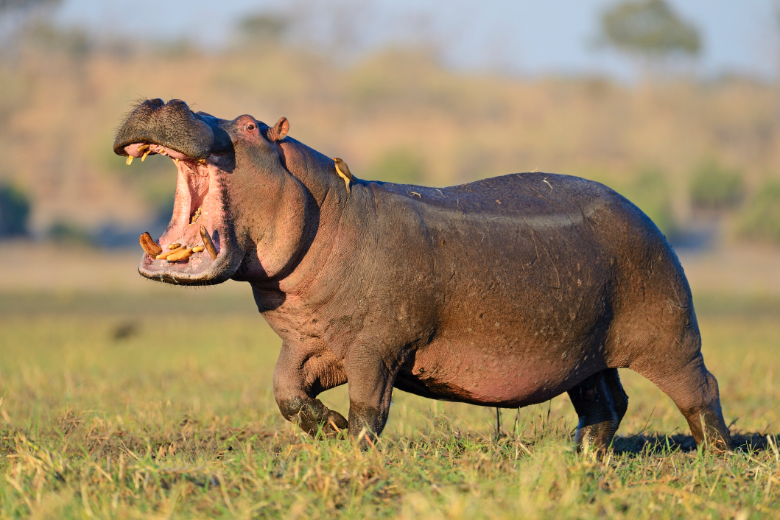
A best friend shouldn’t do this
It may be disheartening for dog lovers to hear, but these animals, celebrated for their loyalty and companionship, sometimes turn on people. Dogs are responsible for the deaths of around 60,000 people every year. In India, where an estimated 60 million stray dogs roam the streets, fatal attacks by packs of “killer dogs”, particularly on children, are disturbingly common. But the problem extends beyond India’s borders. In 2016, dogs killed 45 Europeans and a similar number in the US, and fatal attacks have increased in recent years. In a tragic incident in October 2023, a 27-year-old nurse was mauled to death by five sheep-herding dogs in northern Spain. But the vast majority of deaths are caused by bites from rabid dogs. Rabies kills around 59,000 people worldwide every year, and man’s best friend is responsible for over 99% of these cases.
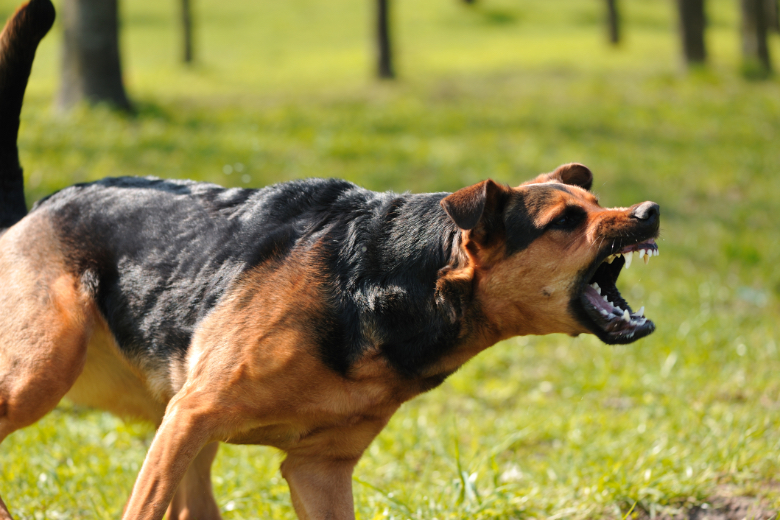
Bambi’s revenge?
The eradication of wolves from much of North America and Europe, and the decline in the number of recreational hunters in recent decades, has led to an explosion of wild deer in Europe and North America. In fact, the current population of white-tailed deer in North America is the highest in history, and the UK is considering a mass cull of roe deer to reduce the size of its enormous herds. As well as the damage to ecosystems and biodiversity caused by deer overgrazing forests, too many deer lead to carnage on the roads. In the USA, more than 400 people die and tens of thousands are seriously injured every year as a result of crashing into these ungulates with their cars, making deer America’s deadliest animal. The situation is not much better in Europe, where there are around 300 deaths a year from deer-vehicle collisions.
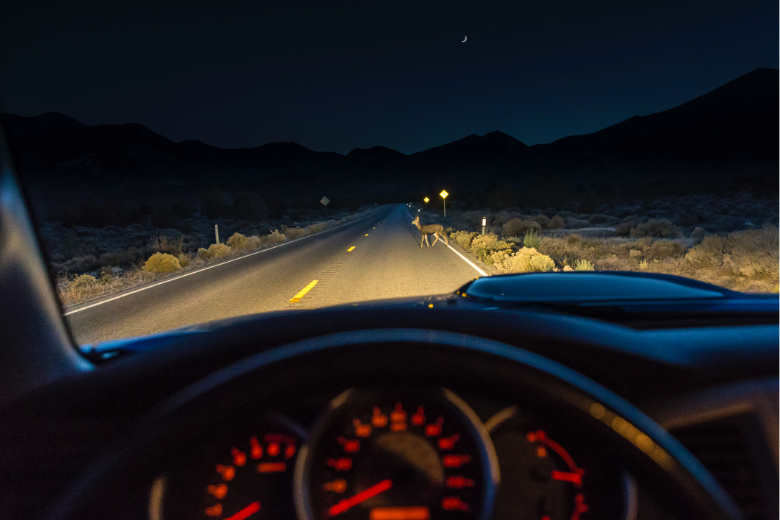
Where is Obelix when we need him?
The wild boar is one of the world’s most widespread and aggressive animals. Weighing up to 200 kg and armed with sharp tusks, these formidable creatures will attack if cornered. With its main predator, the wolf, in short supply and hunters unable to control its numbers, the global population is exploding, from Spain and Sweden, where it is native, to Texas and Brazil, where it is invasive. While unprovoked attacks on humans are rare, boars are increasingly found in European cities, such as Rome, where a family of boars was shot by police in a children’s playground, or Barcelona, where pop superstar Shakira was attacked by a pair of boars while walking in a park with her eight-year-old son. These “pigs on steroids” cause thousands of road accidents and dozens of deaths across Europe every year, and the numbers are rising. In the 1980s, wild boars were even blamed for two crashes of F-16 fighter jets, one in Florida and the other in Pakistan.
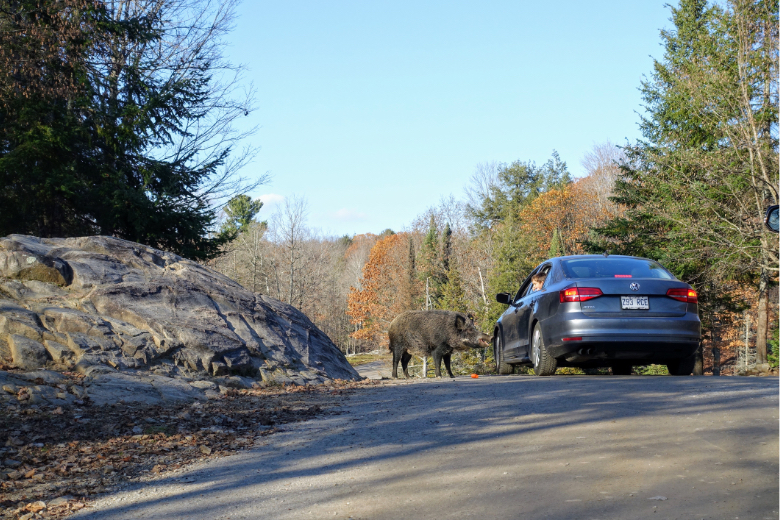
Don’t swerve for a deer, but definitely for a moose
Traffic accidents involving moose (called elk in the UK) are alarmingly common in Canada and Scandinavia. Moose are massive animals (200-700 kg) with very long legs (moose are the tallest animal in North America and Europe), so when they are struck by a car, their bodies crash onto the roof or into the windscreen, causing serious head and neck injuries for the occupants. Researchers have found that moose-vehicle collisions are 13 times more likely to result in human fatalities than deer collisions, making it the deadliest animal in both Canada and Sweden. If you do happen to hit a moose while driving, you want to be in a Volvo or a Saab, both designed and built in Sweden and engineered to withstand moose-vehicle collisions.
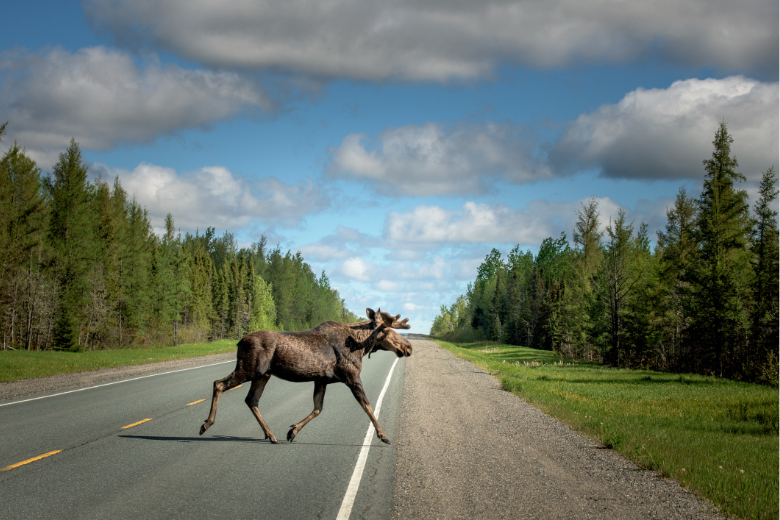
Comments on this publication